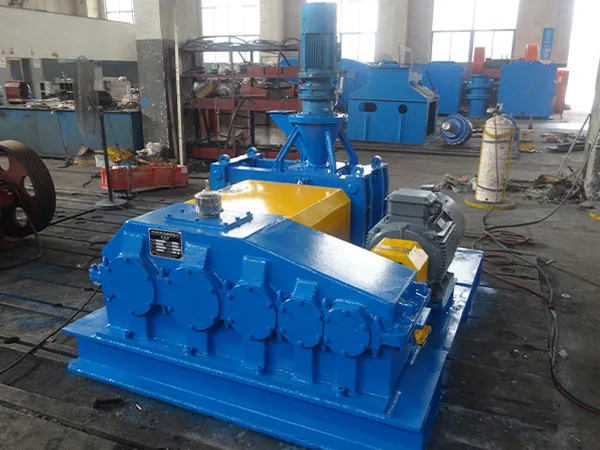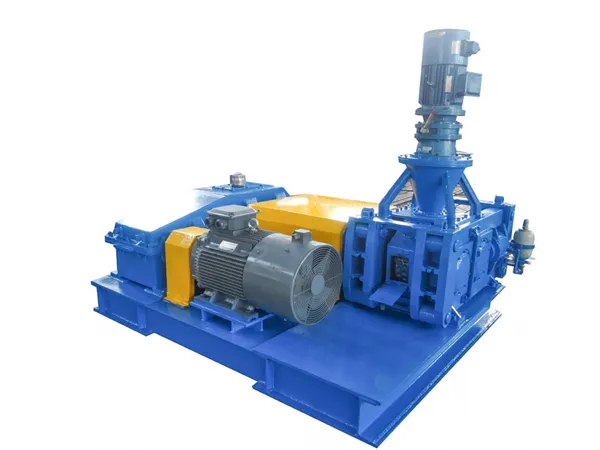Different Types of Industrial Briquetting Machines: Key Technologies and Application Guides to Improve Efficiency and Environmental Protection
In a modern industrial landscape increasingly focused on resource efficiency and environmental protection, briquetting technology is becoming a critical component for businesses to achieve sustainable operations. It’s not only an efficient solid waste treatment solution, but also an innovative way to transform low-value waste into high-value resources. Briquetting machines, the core equipment in this transformation, use powerful physical compression to shape loose, difficult-to-handle raw materials into dense, standardized blocks (such as “coal briquettes,” “metal briquettes,” or “biomass fuel rods”). This article will provide an in-depth understanding of the different types of mainstream industrial briquetting machines on the market and detail their unique applications and significant value in various industrial sectors.
Briquetting Machines: Core Working Principles and Transformative Advantages
Although industrial briquetting machines come in a wide variety of types and structures, their key principle lies in applying tremendous pressure to effectively eliminate gaps between material particles, forcing them to form a tight bond. This seemingly simple process offers a series of revolutionary industrial advantages:
Extreme Volume Compression, Optimizing Logistics and Storage: Material volume is significantly reduced, significantly saving transportation costs and storage space, and improving logistics efficiency.
Significantly Improved Energy Efficiency and Calorific Value: For biomass fuels, pulverized coal, and other materials, briquetting increases density, resulting in more complete combustion, higher calorific value, and significantly increased energy efficiency.
Environmentally Friendly, Reducing Pollution Risks: Effectively controlling dust and airborne particles, the briquetting of industrial waste into blocks facilitates handling and recycling, significantly reducing environmental pollution.
Transforming Waste into Treasure, Creating Added Economic Value: Industrial waste that would otherwise be landfilled or disposed of at low cost is transformed into reusable products with higher utilization value.
Now, let’s take a closer look at the main types of briquetting machines and their specific industrial applications across various industries.
Different Types of Industrial Briquetting Machines

1. Mechanical Punch Briquetting Machine: The Power of Choice for Efficient Molding
Operating Principle: A mechanical punch briquetting machine primarily relies on a crank-connecting rod mechanism or hydraulic system to drive a punch, periodically pressing the material within the die cavity at high speed. Its design features provide significant advantages in high production efficiency and high molding pressure.
Core Applications:
Coal Energy Industry: Widely used to press pulverized coal, coke powder, and other materials into high-quality briquettes for use in industrial boilers, residential heating systems, and power plants, significantly improving the comprehensive utilization of coal resources and effectively controlling dust emissions.
…
For more detailed information on different types of industrial briquetting machines, please click to visit: https://www.zymining.com/en/a/news/industrial-briquetting-machines-types.html












